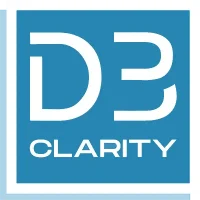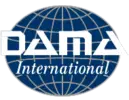Build of Materials (BOM)
DESCRIPTION:
The Bill of Materials (BOM) domain within master data management is a comprehensive structure that meticulously details the raw materials, components, sub-components, parts, and the quantities of each, needed to manufacture a product. It serves as a foundation for production planning and ensures that all necessary elements are available for the production process. The BOM can be viewed as a hierarchical assembly of products, breaking down a product into individual items, often mapped to their specific stages in the manufacturing process.
TYPES:
- Single-Level BOM: Lists the components and materials directly used to make the product, without detailing the components of subassemblies.
- Multi-Level BOM: Depicts the hierarchical nature of the design and manufacturing process, breaking down components into sub-components and further levels as needed.
- Configurable BOM: Designed for products with multiple variations, allowing for the creation of product variants without needing a separate BOM for each variant.
COMMON ATTRIBUTES:
- Component Name/ID: Unique identifier for each component.
- Quantity: Number of units of each component required.
- Unit of Measure: Specifies how the quantity is measured (e.g., kilograms, pieces).
- Description: Descriptive information about the component.
- Source/Supplier: Where the component is sourced from.
- Lead Time: Time required to procure or manufacture the component.
- Cost: Price associated with each component.
BENEFITS:
- Efficiency in Production: Enables streamlined manufacturing processes by ensuring all required materials are accounted for.
- Cost Management: By having detailed information on each component, companies can track and optimize costs.
- Product Quality: Reduces errors in production by ensuring the right components are used.
- Inventory Management: Helps in accurate inventory planning and reduces excess or shortage issues.
CHALLENGES & CONSIDERATIONS:
- Complexity: BOMs can become incredibly complex, especially for large or intricate products, making management challenging.
- Version Control: As products are revised or improved, BOMs need updates, making version control crucial.
- Integration with Other Systems: The BOM domain must seamlessly integrate with other systems, such as ERP or manufacturing execution systems, to be effective.
COMMON DEPENDENCIES:
- ERP Systems: BOMs often need to align with enterprise resource planning systems for production and inventory management.
- Product Lifecycle Management (PLM): BOMs are closely linked with PLMs, especially during product design and updates.
- Supply Chain Management: BOM is reliant on the supply chain for timely procurement of components and materials.
The Bill of Materials domain in MDM is pivotal for manufacturing and production businesses. It serves as a blueprint for product creation, ensuring that the production process is efficient, cost-effective, and of high quality. Proper management of the BOM domain can yield significant operational advantages, but it requires keen attention to detail, integration with other systems, and consistent updates to reflect product changes.












